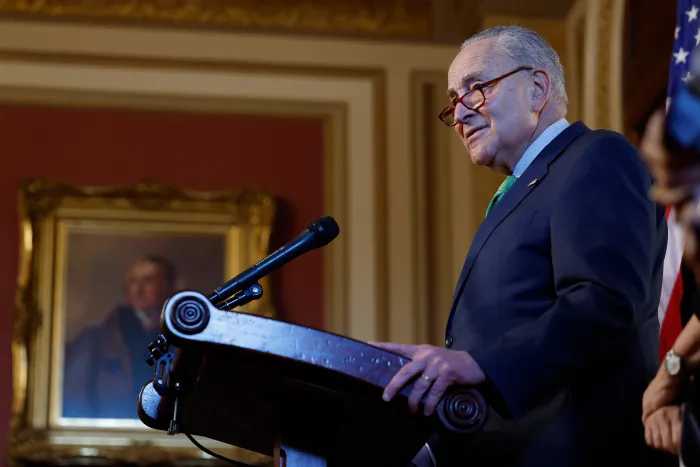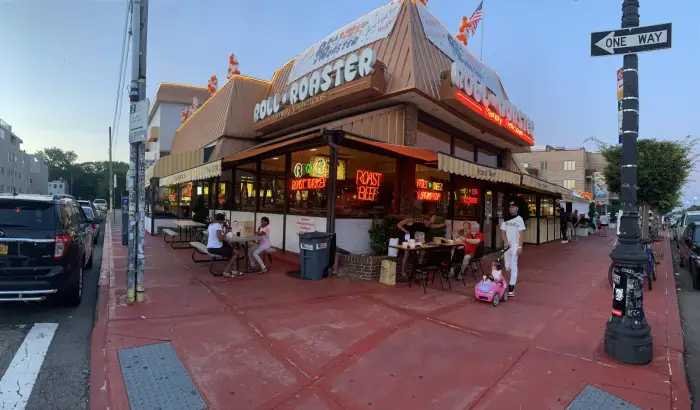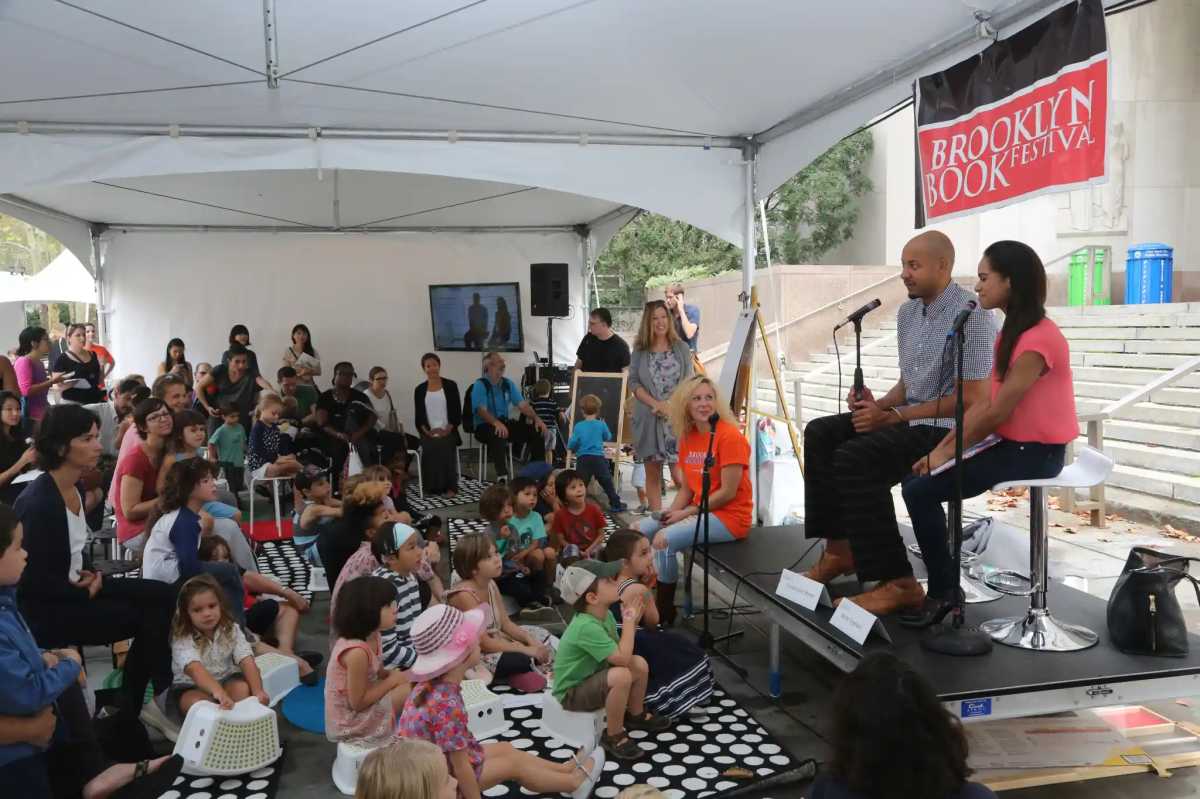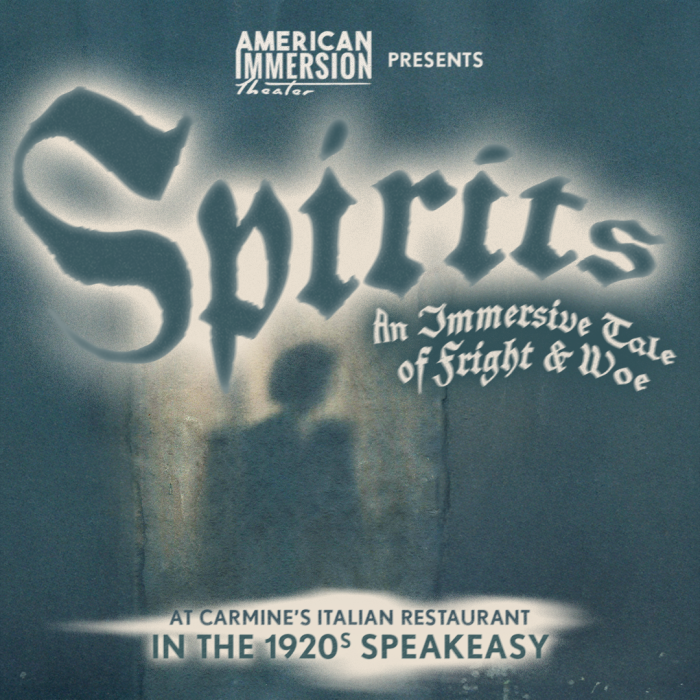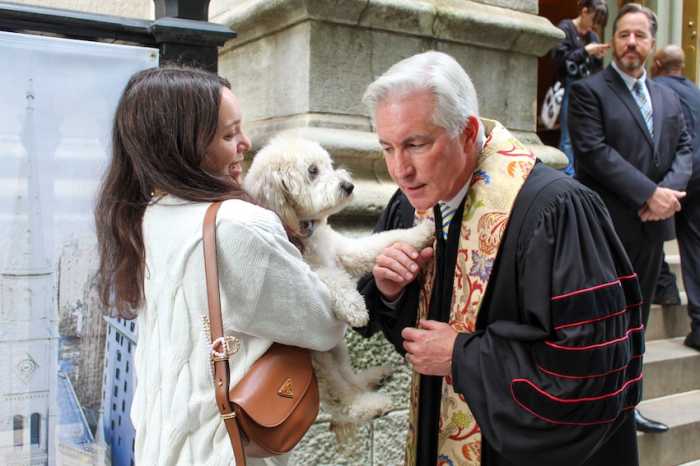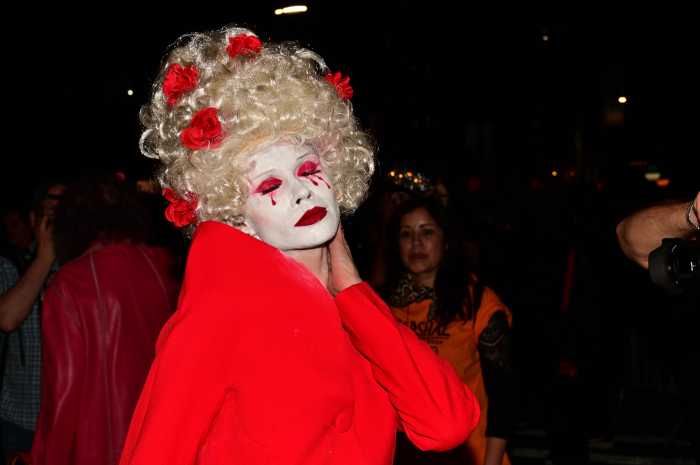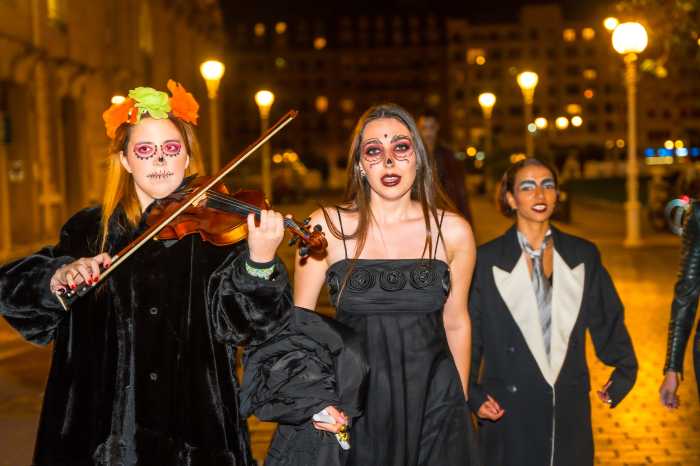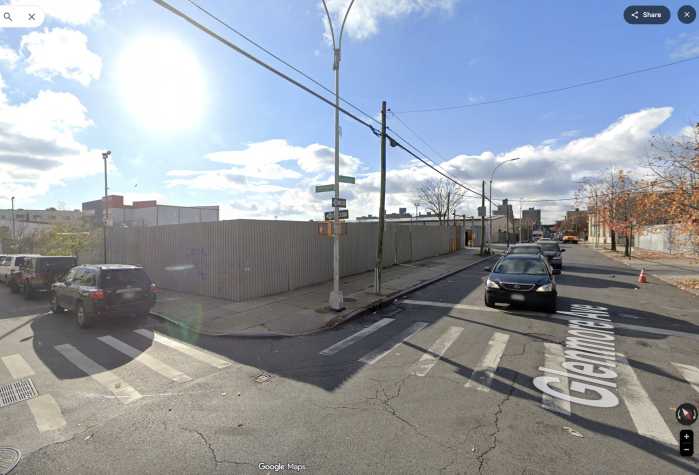Most movie lovers usually picture Toshiro
Mifune with his weapon at the ready and a scowl on his face:
the intensely serious samurai swordsman.
And it is true that in several of the classic films he starred
in for director Akira Kurosawa – including the masterpieces "The
Seven Samurai," "Yojimbo" "Rashomon"
and "Sanjuro" – Mifune did look and act just like that,
and brilliantly.
But Mifune was much more than a poker-faced, sword-wielding avenger,
as the BAMCinematek series "The Return of Kurosawa and Mifune"
(Aug. 1 -29), makes abundantly, entertainingly clear. Over the
course of 16 films in 17 years – 13 of which will be shown in
the series – Mifune became Kurosawa’s onscreen alter ego: not
because of any physical similarity, but because Kurosawa learned
to trust Mifune to handle any major role.
The series, which opens with "The Lower Depths" (1957;
Aug. 1 and 3), gives viewers a chance to see Mifune as they probably
haven’t seen him: the beauty of Mifune’s acting, coupled with
Kurosawa’s directing of him, is that no matter the role – swordsman
or doctor, gangster or detective – the characters became larger
than life, even mythic, without sacrificing their modest, human
qualities.
Take "Red Beard," the final collaboration between director
and actor in 1965 (showing Aug. 27). In this long, deliberately
paced, contemplative melodrama, Mifune plays a no-nonsense doctor
who has practiced medicine for the destitute and downtrodden
over the years. When his polished new assistant arrives, they
butt heads over how best to help the helpless.
Mifune’s characterization is one of steely resolve underneath
a calm veneer; for three hours he rarely raises his voice, instead
letting silence – and his piercing eyes and minute facial movements
– speak volumes. That Kurosawa trusted Mifune alone to carry
a film that was atypical for both men (thrilling visceral action
is part and parcel of nearly all their other collaborations)
also speaks volumes about their artistic relationship.
"Red Beard" is by no means the only such anomaly in
the series. In "I Live in Fear" (1955; Aug. 6-7), Mifune’s
remarkable transformation into an elderly patriarch driven to
madness by the impending threat of nuclear annihilation is one
of his most memorable characterizations. "Drunken Angel"
(1948; Aug. 4-5) and "Stray Dog" (1949; Aug. 12) present
vivid critiques of post-war Japanese society while Mifune moves
through them as, respectively, a petty mobster dying of tuberculosis
and a green cop whose stolen gun becomes catalyst for a murderous
spree.
Although Kurosawa and Mifune worked superbly together in films
set in modern Japan – with the acme being "High and Low"
(1963, Aug. 13-14), with Mifune as a rich businessman whose son
is kidnapped; and "The Bad Sleep Well" (1960; Aug.
25-26), a modern-day "Hamlet" with Mifune as a rising
young exec who must come to terms with his father’s death – it
was in grandly scaled period pieces that the pair found their
greatest critical and commercial successes.
In addition to the epic swashbucklers "Seven Samurai"
(1954; Aug. 28-29), "Yojimbo" (1961; Aug. 10-11) and
"Sanjuro" (1962; Aug. 19-21), the BAM series includes
Kurosawa’s singular transposition of "Macbeth" to feudal
Japan, "Throne of Blood" (1957; Aug. 8-9), and his
timeless action-adventure, "The Hidden Fortress" (1958;
Aug. 15-16), George Lucas’ admitted inspiration for his own "Star
Wars."
In "The Hidden Fortress" – Kurosawa’s first Cinemascope
movie and one that’s sure to look ravishing in a new print at
BAM (all of the films in the series have been restored) – Mifune
plays a general who fights his way through enemy territory with
a threatened princess and two bumbling low-lifes by his side.
Think Han Solo, Princess Leia and the robots C3PO and R2D2 –
but Kurosawa’s story is far wittier, more compelling and filled
with stupendous action.
Mifune’s indelible performance in "Throne of Blood"
is one of his richest: as the samurai who becomes Grand Lord
through treachery, duplicity and an equally scheming wife, Mifune
paints a portrait of blind ambition as masterly as anything in
the best of Shakespeare.
The ending of "Throne of Blood," with Mifune caught
in a hail of arrows as he desperately tries to escape, shows
both artists at their peak: Kurosawa’s kinetic rhythms in the
scene are matched by Mifune’s wide-eyed madness as he flails
about until an arrow finally rips through his throat. It’s an
amazing display of sheer cinematic adrenaline, and even more
amazingly, only one of dozens of such highlights throughout this
superlative series.
"The Return of Kurosawa and Mifune,"
a series of films directed by Akira Kurosawa and starring Toshiro
Mifune, will be shown Aug. 1-29 at BAMcinematek, 30 Lafayette
Ave. at Ashland Place in Fort Greene. Tickets are $10, $6 seniors.
For more information, call (718) 636-4100 or visit the Web site
at www.bam.org.



